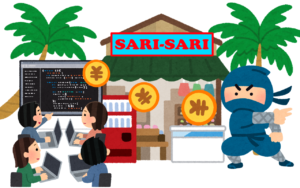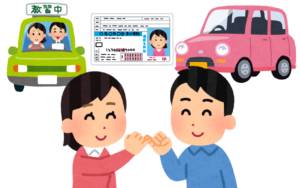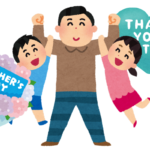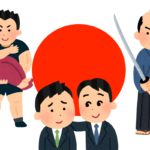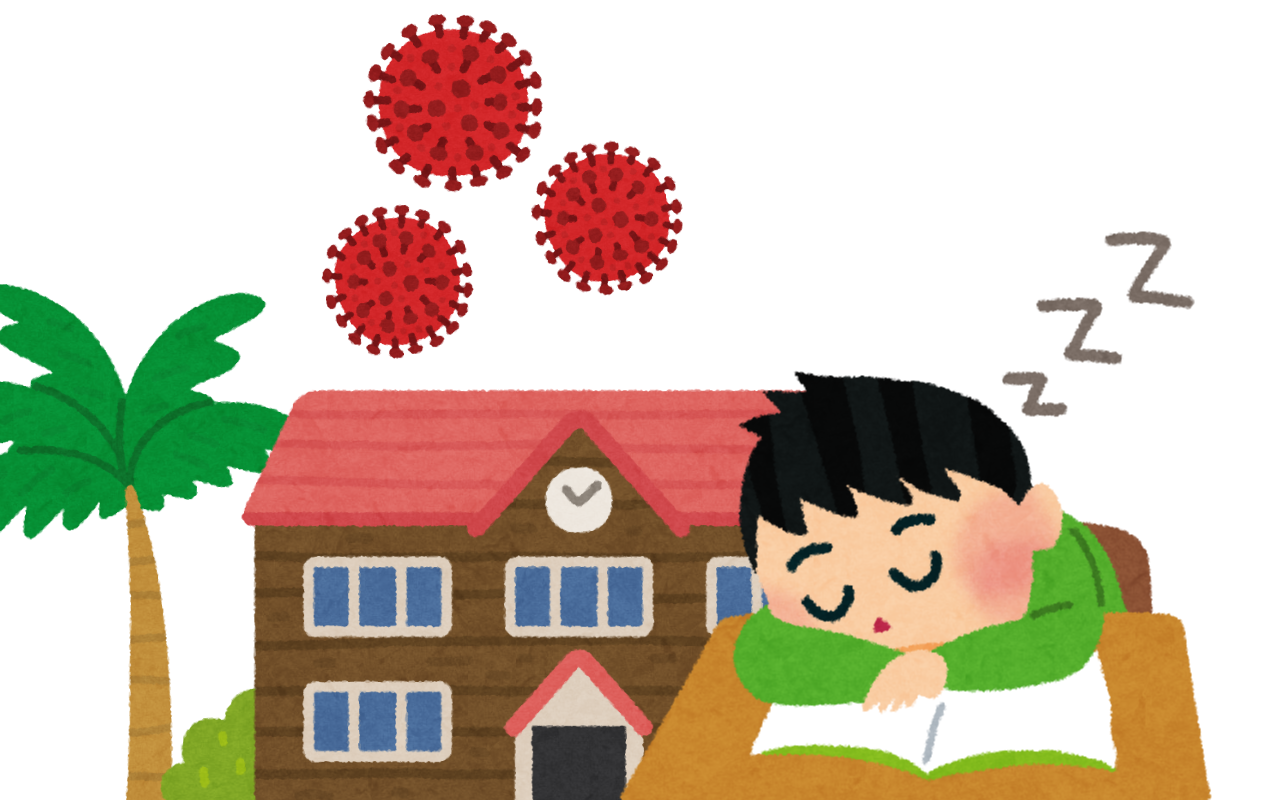
The World Bank has released the State of Global Learning Poverty Survey 2022.
The survey measures the "learning poverty rate," defined as "the inability to read and understand a simple story," among 10-year-olds in countries around the world.
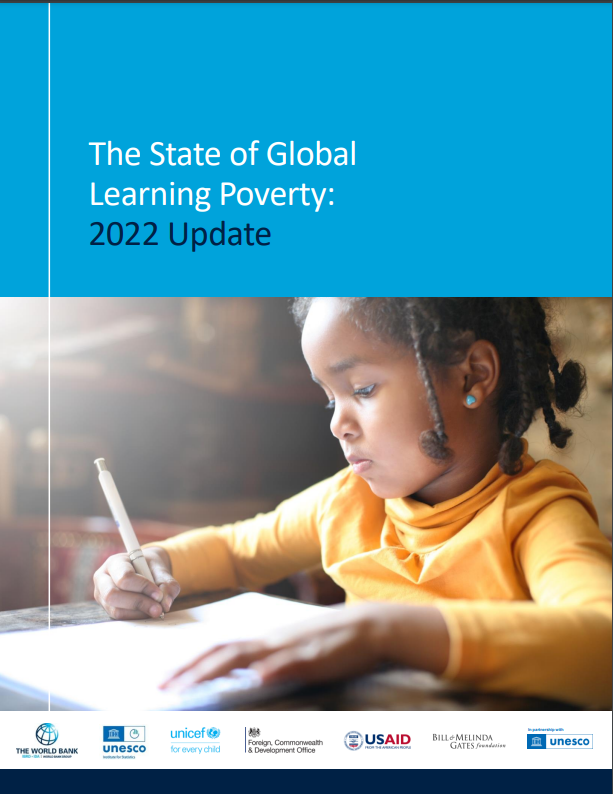
The Philippines has a very high learning poverty rate of 90.9%, second only to Laos' 97.7% among ASEAN countries. Incidentally, Japan's rate is only 3.6%, although it has worsened by 1.8 percentage points from the previous year.
Since reading comprehension is the foundation of all subjects, if reading comprehension is lacking, acquiring knowledge itself becomes difficult.
The learning poverty rate for middle-income countries is 20-30%. The Philippines will become a middle-income country within a few years. If incomes rise but the learning poverty rate remains the same, the Philippines' development itself will undoubtedly be greatly affected.
UNESCO says it recommends education in the mother tongue for knowledge gap and faster learning.
The language that ordinary Filipinos usually use is neither Filipino nor English, but a mixture of Tagalog and English called Taglish.
In view of this situation, some senators have suggested that education that introduces Taglish should also be considered.
This survey was conducted in 2019, i.e., before schools were closed due to the Corona disaster. Given that two-year gap in education, the next survey could be even worse.
Our son is 10 years old, the same age as the surveyed. I am worried because he seems to be more absorbed in playing games than studying.
I checked and found that there is a Kumon class in Toledo, so I might talk to my wife about sending him there.
